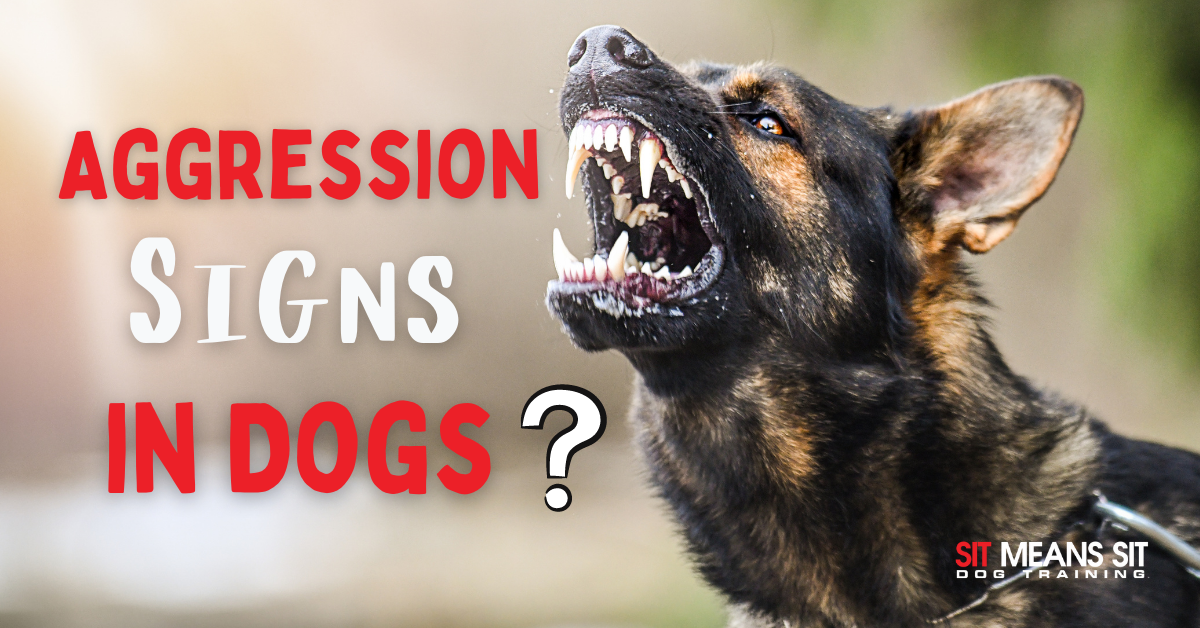If your pup starts snapping at you, growling, or biting, they may have issues with behavioral aggression. Aggression in dogs is never ideal as it can quickly get out of control and someone can end up getting hurt. Aggression, while not common in animals unless it’s warranted, often results in having to seek professional help. Here are a few signs to look for when addressing aggression in your canine.
What Causes Aggression?
Behavioral aggression relates to behavior before or after an attack. Aggression can be caused by a number of things in dogs, like:
- Territorial Aggression: Defending space from a perceived intruder.
- Protective Aggression: Protecting its pack from a perceived threat, especially by mother dogs.
- Possessive Aggression: Protects food, toys, bones, etc. (also known as resource guarding)
- Fear Aggression: Hides from fear and is aggressive when confronted or cornered.
- Defensive Aggression: Similar to fear but acts out in defense-first rather than cowering.
- Social Aggression: Aggressive to other animals in social situations.
- Frustration-Elicited Aggression: Aggressive when in frustrating situations like on a leash or in a yard.
- Redirected Aggression: Acts out to a person defending or breaking up a fight.
- Pain-Elicited Aggression: Aggressive when in pain.
- Sex-Related Aggression: Two dogs of the same gender get aggressive with each other when competing for a mate (spaying/neutering is necessary due to this
- Predatory Aggression: Acts out seemingly due to nothing, usually in reaction to perceived prey.
Signs of Aggression:
- Growling, snarling or snapping
- Stiff body and tail (or rapidly wagging tail)
- Licking of lips and yawning
- Bearing teeth
- Raised fur
- Tail tucking
- Averting eyes
What to Do
The best thing to do when you notice signs of aggression is to immediately calm the situation at hand. Try not to avoid punishment as this can make the aggression escalate. Consulting a professional and your veterinarian for a plan for behavioral change ASAP will help start you off on the right foot. You may even want to consider medication depending on how your plan for treatment addresses your pooch’s aggression!
Whatever is causing your dog’s behavior to be aggressive, be sure to make plans to actively manage it! Consulting a vet or professional for help is the most responsible and effective way to deal with an aggressive canine. Take action as you never know when signs of aggression could go south and get dangerous.

